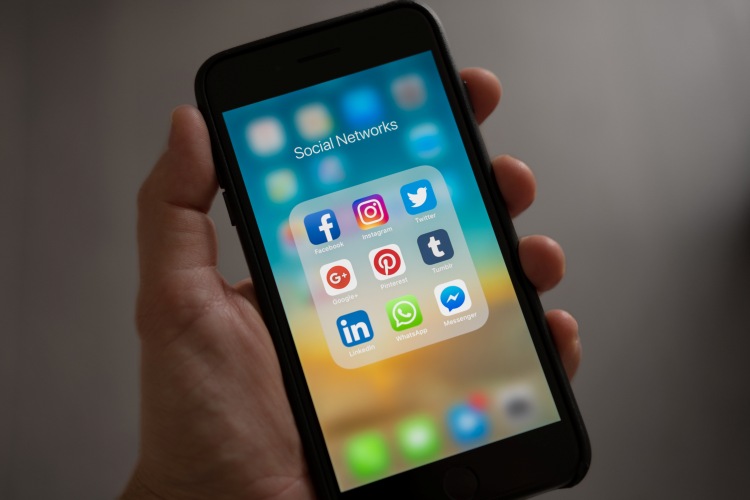Strong donor relationships are a necessity for every nonprofit or charity organization. While once-off donations are always welcome to fund the work of charity groups, it’s the contributions of recurring benefactors that can really mobilize a cause to its fullest extent.
The real question is how do you build meaningful donor relationships?

Here are 6 strategies that will really up the ante on your relationships with your valued donor base:
As with any relationship, communication is key when it comes to interacting with your nonprofit organization’s benefactors.
For instance, if a donor requests to receive any information about upcoming fundraising drives via text rather than being called, it’s important to make a note of that and follow through. They may have a busy job that requires undivided focus throughout the day and phone calls may be disruptive for them.
Every person has a preferred mode of communication and when you find them there, your message is far more likely to hit home.
If you are running a fairly large nonprofit organization with a vast database of donors and countless volunteers manning your phones and computers, make a point of checking that everyone adheres to your donors’ communication channels to pave the way for smoother interactions.
Surveys are an essential tool in a nonprofit’s communication arsenal. If you want to know how to engage with your benefactors, the simplest way is to ask them about themselves. Keep your surveys short, simple, and easy to answer. This is the ideal way to learn more about the people who contribute to your cause and the motivation behind their donations.
TOP TIP: Opt for shorter surveys that are mobile-enabled. People are far more likely to take a few minutes out of their day to do a survey if they can do it from their smartphones!
Fancy $500-a-plate dinners and ritzy galas are all well and good, but these aren't the only events that draw a crowd. If you want to up the level of real-life engagement with your donors, it helps to bring them into the fold. Give them a space where they can see what their contributions are funding in person.
For instance, if your charity or nonprofit organization supports under-resourced students, you could arrange a get together with successful alumni of your program. They can then share stories about their work and how the support helped them to get where they are.
Or, if your cause is related to the environment, you can rope everyone in to join a beach or forest cleanup.
The key lies in playing to your strengths as an organization and finding your donors where they already are. Remember, they donate to your organization for a reason. Go back to your core values and structure your events to echo those.
TOP TIP: Share pictures of your events on social media and feature some of your key donors (with their permission, of course!). People are mostly not inclined to share information about their charitable giving themselves. So, this is a good way to give them some visible recognition for their contributions.

People can tell when a press release or invitation to donate has been sent to an entire database in one fell swoop. Instead, winnow down your approach to ensure that your donors don’t receive communication about programs in which they don’t really have an interest.
This is yet another area in which survey data comes in handy. During your initial survey, make a point of asking new benefactors to tick off the type of communication they would like to receive from your organization and in which format. Feed this into your database and be sure to stick to these preferences when you reach out.
Also, think about the demographics of your donor database. Segmenting your donors into different groups is a great way to send the right messages to the right people.
When you give recognition to your donors, make sure that they are happy to receive it. Not everyone wants to shine a spotlight on their charitable giving. Make sure to check that your benefactors are happy for you to mention them on donor lists or social media platforms, before you publish.
Side note: Always double-check the spelling of your donor’s names!
It’s par for the course to thank your donors for their contributions. Yet, you should never underestimate the power of a truly heartfelt thank you.
A blanket thank you will always be well-received. But, if you have the capacity to customize a thank you note for each of your benefactors individually, it really makes all the difference. Even just a typed letter with a hand-written signature is already a step up!
If you really want to speak to a person’s heart, task your volunteer force to write out more personalized cards. These should refer to a given person’s donation and how your organization put it to use in particular. This will help to put things in perspective for your donors and show them how they made a difference.
A heartfelt thank you can make them feel appreciated. They can see that their donation truly had an impact on your cause. This will encourage them to continue to donate in the future and help you to maintain more meaningful donor relationships.

Donor relationships that last are based on mutual respect and authenticity. To boost the acquisition and retention of benefactors for your nonprofit or charity organization, you need to put a lot of effort into building good relationships with them. This means asking about their preferences, thanking them, and keeping up with your communications.
If you follow some of the tips mentioned above, you are sure to start building more meaningful donor relationships!

